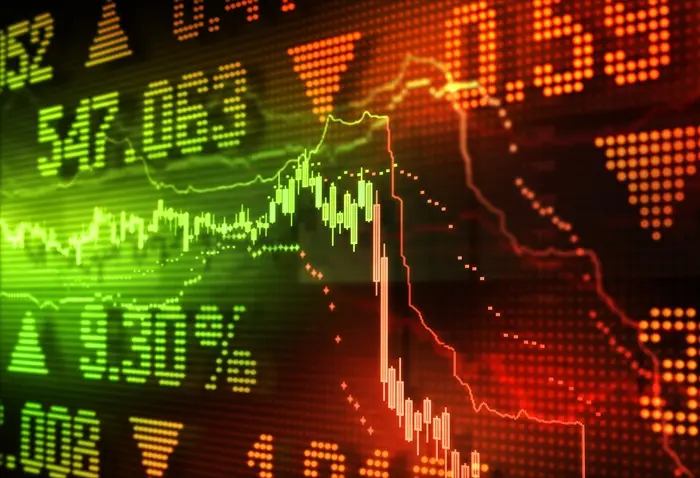Regional Stock Performance
Australia, Hong Kong, and South Korea: Stocks declined.
Mainland China: Shares experienced fluctuations.
Japan: Despite the yen’s appreciation, Japanese stocks reduced earlier gains but remained among the top performers in the region.
European and U.S. Markets
European Equity Futures: Largely unchanged.
U.S. Futures: Declined as Wall Street prepared to reopen after the Labor Day holiday.
Dollar and Yen Movements
The U.S. dollar index reached a two-week high, marking its fifth consecutive daily gain. The yen also strengthened, reversing its recent decline against the dollar.
Bank of Japan and Yen Outlook
Pimco Japan Ltd. anticipates that the Bank of Japan may raise rates as early as January. However, Julius Baer predicts that such hikes may not lead to a stronger yen. Mark Matthews from Bloomberg Television noted, “Our assumption is that the Bank of Japan policy rate will be half a percent by March next year and the Fed funds rate will be 4.5% — that’s still 400 basis points of difference, which is very wide.” He added, “On that basis, we do see the yen weakening.”
Currency Movements
Korean Won: Weakened following August inflation data, which showed the slowest year-over-year price increase since 2021.
Australian Dollar: Declined as iron ore prices fell.
Upcoming U.S. Data
Traders are awaiting U.S. manufacturing data due later today for insights into the economy. The week will culminate with nonfarm payrolls data on Friday.
Market Expectations for U.S. Rate Cuts
Markets are anticipating the beginning of a U.S. easing cycle this month, with a roughly one-in-four chance of a 50 basis-point rate cut. Valentin Marinov of Credit Agricole CIB commented, “The markets may be leaning too dovish into the September Fed meeting. The dollar could recoup some ground once the markets realize that the Fed will move more cautiously.”
Equity Market and Federal Reserve
JPMorgan Chase & Co. strategists warned that even if the Fed cuts rates, the equity market rally might stall. They highlighted that any policy easing would respond to slowing growth, and September’s seasonal trends could be another hurdle. Mislav Matejka stated, “We are not out of the woods yet,” emphasizing a preference for defensive sectors amid a bond yield pullback. “Sentiment and positioning indicators look far from attractive, political and geopolitical uncertainty is elevated, and seasonals are more challenging.”
China’s Economic Troubles
Traders in Asia are closely monitoring China’s economic situation. Recent data revealed that Chinese factory activity contracted for the fourth consecutive month in August. This slow down underscores the need for additional government stimulus as inventories of key raw materials, from steel to soybeans, accumulate in warehouses.
Lorraine Tan from Morningstar suggested that stabilizing demand for Chinese housing next year could be a crucial turning point for market confidence in China’s equity market.
Commodities and Global Events
Oil: Prices increased after Libya declared force majeure at a key oil field, leading to significant daily supply losses.
Venezuela: The U.S. is considering new sanctions against Venezuelan officials following Nicolás Maduro’s controversial reelection in July. The country recently ordered the arrest of presidential candidate Edmundo González, escalating its crackdown on dissent.
[inline_related_posts title=”You Might Be Interested In” title_align=”left” style=”list” number=”3″ align=”none” ids=”3492,3442,3406″ by=”categories” orderby=”rand” order=”DESC” hide_thumb=”no” thumb_right=”no” views=”no” date=”yes” grid_columns=”2″ post_type=”” tax=””]



























